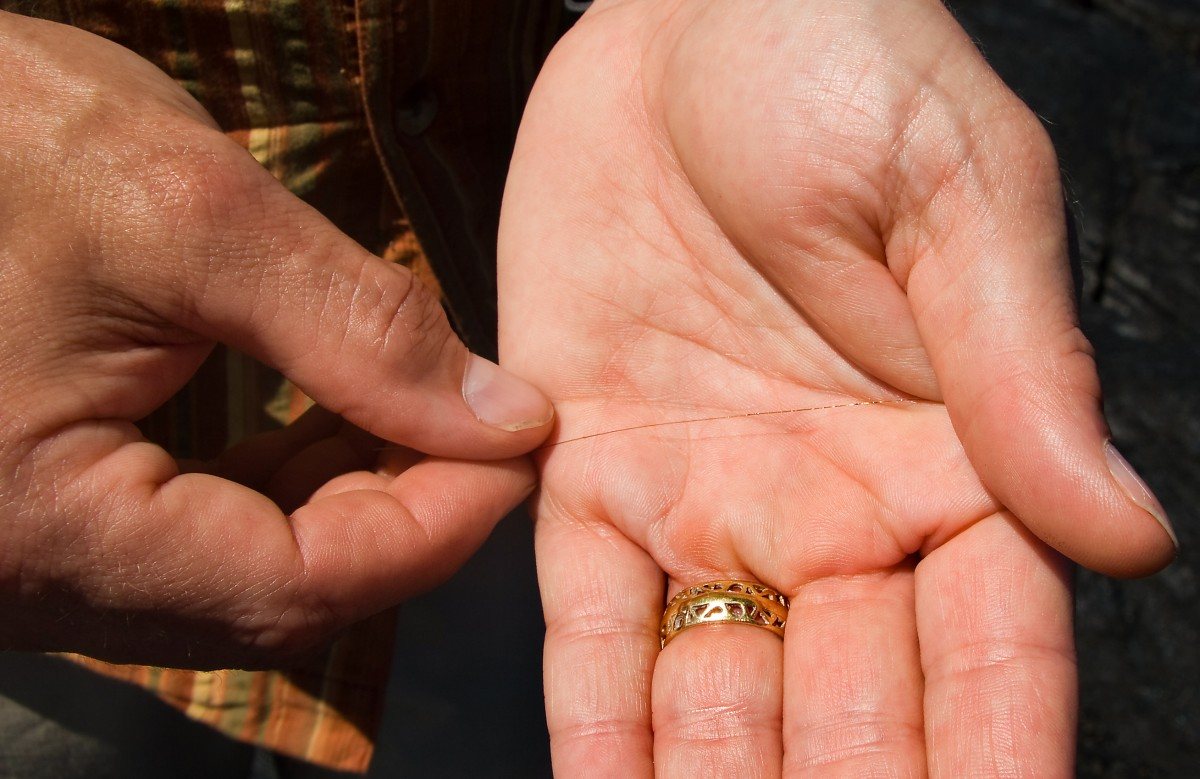There are lots of fiberglasses around us. For example, they are often found in construction sites, boats, and plastic storage areas, etc. But, it is challenging for us to see them, so it is simple for them to stab our skin.
So is there any guide on how to get fiberglass out of your skin? Indeed, the answer is “yes”! Read on to find out!
What Is Fiberglass?
First, you need to understand what fiberglass is. And then, you will realize why they are dangerous.
Fiberglass is thin fibers made of glass. As they are mostly used in building and construction, they are mixed with other materials like wool, which aims to give them a special texture. Notably, they are too small for us to see with our eyes.
It often appears on construction sites that contain construction materials. Their covers are also used in the water treatment industry to help control odors.
However, they are quite dangerous as they can impale your skin and injure your tissue. They can result in skin irritation or even worse
How to Know If You Have Fiberglass In Your Skin
Despite being a must-have part in every construction, fiberglass can be quite dangerous. It can impale your skin if you do not wear protective gear when working.
There are some symptoms and signs whether your skin is trapped by fiberglass or not:
- Your skin may have blisters and produce a pus-like fluid.
- Your skin may be dry, flaky, or scratched.
- Hives appear
- Rashes appear on your skin when exposed to the sun.
- Severe coughing (like a patient with asthma)
How to Get Fiberglass out of Skin
If you find your health suddenly go away or your skin feel unusually strange after making contacting with fiberglass, it is likely that you have some pieces of them on your body.
Here are a few tips on how to get fiberglass out of skin.
1. Cold Shower Wash
First of all, clean the fiberglass clinging to your skin with cold water. Then wash your skin with cold water for around 5 minutes. This will wash away fiberglass from the top layer of your skin.
The final step is taking a warm bath for 3 minutes. It will open the skin pores and will remove the fiberglasses that have got into them.
2.Epsom Salt
Secondly, how to get fiberglass out of the skin is to use Epsom salt.
Dissolve Epsom salt in warm water, then you should take a shower or soak in the affected area of fiberglass into that salt mixture. This method will soothe your skin, easing the skin irritation, and wash away the fiberglasses.
3. Use Duct Tape
Here is how to get fiberglass out of skin using baking soda paste getting duct tape.
Tape the tape firmly to the area where the glass fibers are. To perform most effectively, use large and hard tapes.
Then remove the sticky tape from the skin smoothly.
Note that the affected area must be dry before applying duct tape.
Don’t forget to wash your skin with organic body soap and water to prevent infection.
4. Pluck Them Out
Another how to get fiberglass out of skin is plucking out the fiberglass with a tweezer.
This method should only be used in areas with minor injuries. And to find the fiberglass stuck on the skin, you need a magnifying glass. They will help you spot the fiberglass more clearly.
Plus, do not worry if they can not remove them in the first try, just repeat the process to get fiberglass out of skin.
5. Baking Soda
Besides, use baking soda is how to get fiberglass out of the skin.
Put about 2 to 3 tablespoons of baking soda in the bowl, pour some water into the pot. Stir to form a solution. Then apply this paste on the skin and allow it to dry.
After drying your skin, rinse off the dry powder with water so that the fiberglasses be washed away with it.
Conclusion
In short, the article has shown you how to get fiberglass out of skin. Remember to wear gloves during the working process and clean your house as well as the workplace regularly. If the above methods do not work, please quickly see a doctor for better advice. Remember to take care of yourselves!

